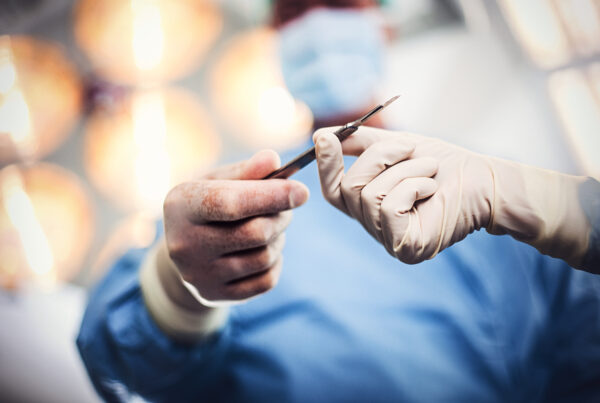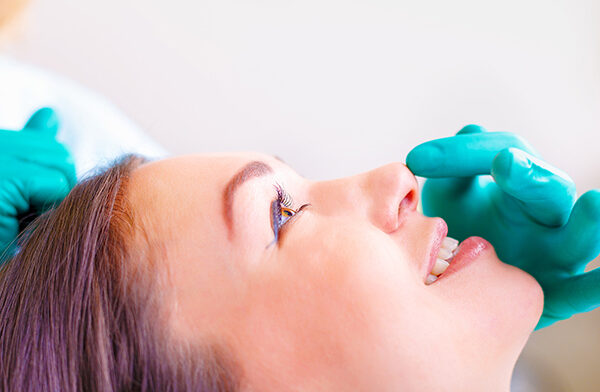The thigh lifting, or inguinocrural dermolipectomy, is the surgical procedure that allows to improve the area of the inner thighs.

dr Diego and Cesare Cappellina are both plastic surgeons. They work in Vicenza
One aspect that all women take care for the beauty of their legs in addition to shape and thinness is, without a doubt, the tone of the tissues, especially the inner thigh. The skin relaxation of this region can also occur at a young age after rapid weight loss even if this defect is more frequently present and evident in thin women who are no longer very young. To get an idea of what the profile of the legs might look like without excess skin, just lift by putting tension on the skin at the groin.
However, thigh lifting is not indicated in conditions of global obesity or significant overweight unless it is also possible to treat excess adipose with liposculpture. This condition is often referred to as a functional as well as an aesthetic problem due to the determined tendency to form chronic dermatitis with redness and burning when walking.
The surgery is indicated in case of laxity of the upper medial skin of the thighs and medial subgluteal.
The region of the thighs, due to a constitutive laxity or for weight loss, may lose the elasticity of the skin. This imperfection can affect everyday life, making even simple walks annoying, due to the friction of the tissues that causes frequent irritation.

thigh lifting is the procedure that allows to improve the medial upper part of the thigh. It may be associated to liposuction
WHO IS THE PATIENT OF THIGH LIFTING?
The thigh lifting operation is aimed at patients, mostly women, who have excess skin or skin and adipose tissue inside the thighs.
WHICH SURGERIES CAN BE COMBINED?
The thigh lift can be combined with any other cosmetic surgery procedure.
Specifically, if there are accumulations of fat in the thighs, lipoaspiration can be performed at the same time, to thin the tissue to be removed and make the surgery easier and faster.
WHAT KIND OF ANESTHESIA DO WE USE?
The thigh lift surgery can be performed under general anesthesia, or under local anesthesia with sedation, depending on the case. Of course, this operation must be performed in the presence of our anesthesiologist.
HOW DOES THE PREOPERATIVE EXAMINATION WORK?
The pre-operative visit is important in order to decide what type of surgery to perform. In fact, some cases of simple localized accumulation of fat can be corrected with the intervention of lipoaspiration, without external scars. Patients with elastic skin and good turgor benefit from this solution.
Other cases, however, where there has been a real sagging of the tissues, would not improve with a simple liposuction, indeed, the latter could even worsen the situation.
It is therefore necessary to describe the type of intervention, the resulting scar, the result obtainable for each patient.
SURGERY DURATION: TWO HOURS
TYPE OF ANESTHESIA: GENERAL, LOCAL WITH SEDATION
RECOVERY TIME: ONE WEEK
WHAT ARE THE SURGICAL DETAILS?
The thigh lift surgery is performed under general anesthesia, or under local anesthesia with sedation. If necessary, we start with liposuction, to reduce the thickness of the skin flap of the inner thigh to be removed.
The surgery lasts about two hours, the average stay is one or two nights in hospital.
A bladder catheter can be maintained on the first night to avoid excessive displacements in the inner thigh area.
ARE THE SCARS VISIBLE?
The scars fall at the level of the inguinal fold, at the root of the thighs, slightly prolonged posteriorly.
As a result, the scars are in an aesthetically very favorable position.
WHAT IS THE POST-OPERATIVE COURSE?
The average hospitalitation is one night of hospitalization after the surgery, in some cases two nights.
The patient is therefore discharged at home.
During the first week the patient is followed in the clinic for dressings, once or twice.
The stitches are removed after about ten days.
The patient will return to her normal activities after about 10/15 days.
The return to physical activities is recommended after about 40 days.



